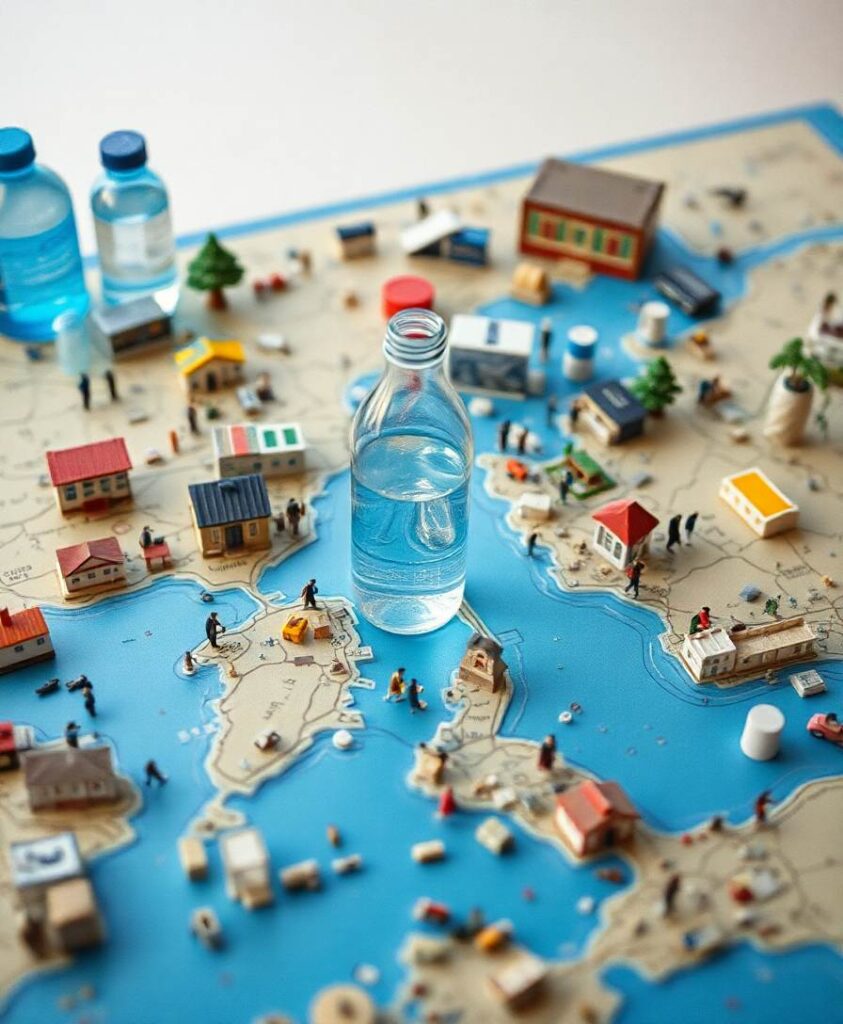Blood-brain-barrier (BBB) dysfunction is a hallmark of aging and aging-related disorders, including cerebral small vessel disease and Alzheimer’s disease. An emerging biomarker of BBB dysfunction is BBB water exchange rate (kW) as measured by diffusion-weighted arterial spin labeling (DW-ASL) MRI. We developed an improved DW-ASL sequence for Quantitative Permeability Mapping and evaluated whole brain and region-specific kW in a cohort of 30 adults without dementia across the age spectrum. In this cross-sectional study, we found higher kW values in the cerebral cortex (mean = 81.51 min–1, SD = 15.54) compared to cerebral white matter (mean = 75.19 min–1, SD = 13.85) (p < 0.0001). We found a similar relationship for cerebral blood flow (CBF), concordant with previously published studies. Multiple linear regression analysis with kW as an outcome showed that age was statistically significant in the cerebral cortex (p = 0.013), cerebral white matter (p = 0.033), hippocampi (p = 0.043), orbitofrontal cortices (p = 0.042), and precunei cortices (p = 0.009), after adjusting for sex and number of vascular risk factors. With CBF as an outcome, age was statistically significant only in the cerebral cortex (p = 0.026) and precunei cortices (p = 0.020). We further found moderate negative correlations between white matter hyperintensity (WMH) kW and WMH volume (r = −0.51, p = 0.02), and normal-appearing white matter (NAWM) and WMH volume (r = −0.44, p = 0.05). This work illuminates the relationship between BBB water exchange and aging and may serve as the basis for BBB-targeted therapies for aging-related brain disorders.

